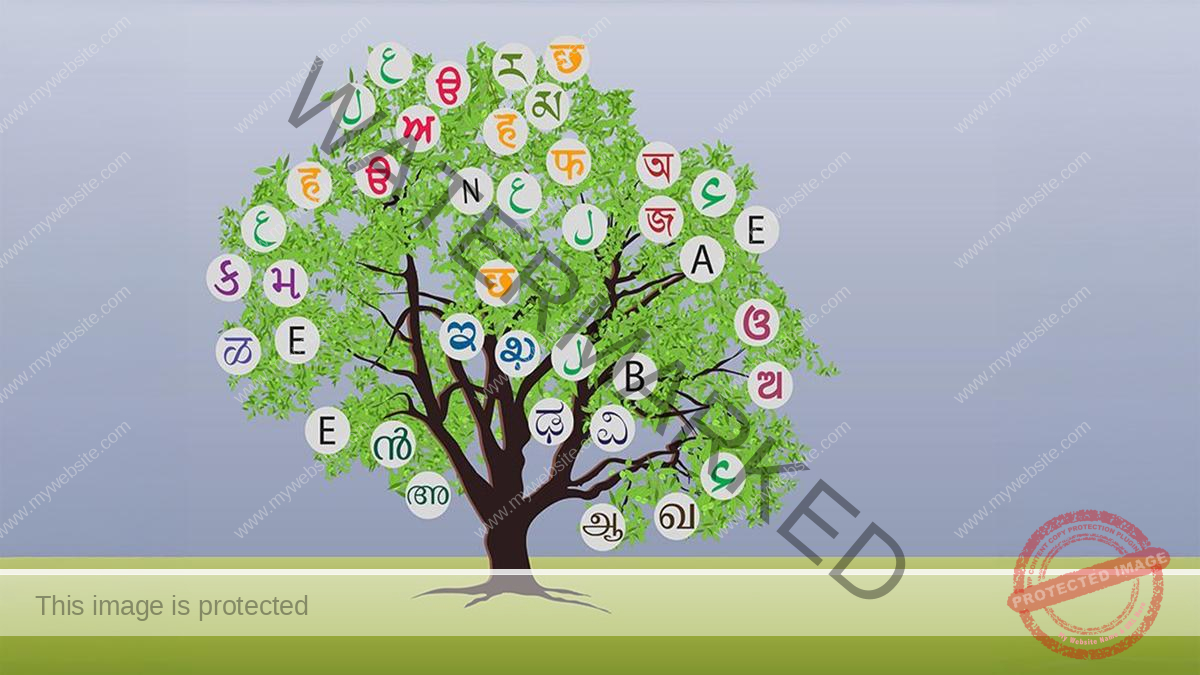Language diversity represents one of the most significant dimensions of human variation, with approximately 7,000 languages spoken worldwide. This linguistic richness presents both challenges and opportunities for education systems designed to serve increasingly diverse student populations. Contemporary approaches to multilingual education have evolved significantly beyond remedial perspectives that viewed non-dominant language speakers primarily through deficit frameworks. Today’s evidence-based practices recognize linguistic diversity as a valuable resource that enhances cognitive development, cultural understanding, and academic achievement when thoughtfully incorporated into educational environments by knowledgeable teachers with appropriate support systems.
Bilingual education encompasses various program models with different linguistic goals and implementation approaches. Transitional bilingual programs use students’ home languages temporarily to facilitate content learning while developing proficiency in the dominant language, eventually transitioning to exclusive dominant language instruction. Maintenance bilingual programs support ongoing development in both languages throughout schooling. Dual language or two-way immersion programs serve both language minority and language majority students, delivering curriculum in two languages with the goal of developing biliteracy and bilingualism for all participants. Each model reflects different priorities regarding language maintenance, cultural identity, and integration objectives.
Language acquisition research has transformed understanding of second language development processes. The distinction between basic interpersonal communication skills (BICS) and cognitive academic language proficiency (CALP) explains why students often develop conversational fluency relatively quickly while academic language proficiency requires 5-7 years of dedicated support. Similarly, research on comprehensible input, affective filter, and the zone of proximal development has established that language acquisition occurs most effectively through meaningful interaction slightly above learners’ current proficiency level in low-anxiety environments with appropriate scaffolding.
Multilingual Education: An Introduction
Translanguaging pedagogies represent a significant paradigm shift in multilingual education. Unlike strict language separation models that compartmentalize languages into separate instructional blocks, translanguaging approaches acknowledge students’ integrated linguistic repertoires and strategically leverage their full linguistic resources for learning. These practices include strategic use of multiple languages within lessons, multilingual texts and materials, flexible grouping by language background, and assessment approaches that value content knowledge regardless of the language used to demonstrate it. This perspective views language as practice rather than bounded system, recognizing that multilingual individuals deploy their languages as an integrated communication resource.
Academic content delivery in multilingual contexts requires specific instructional approaches that make content comprehensible while supporting language development. Effective strategies include visual supports, hands-on experiences, graphic organizers, strategic use of primary language resources, specialized vocabulary instruction, sentence frames that model academic language patterns, and carefully structured linguistic interactions that progressively increase in complexity. These approaches ensure content learning continues while language develops, rather than postponing academic progress until full language proficiency is achieved.
Multilingual Education: Approaches and Benefits
Cultural identity development intertwines deeply with language learning experiences. When educational systems validate and develop students’ home languages, they affirm associated cultural identities and family relationships essential for psychological well-being and academic engagement. Conversely, subtractive approaches that implicitly or explicitly devalue home languages often create identity conflicts, family communication barriers, and internalized linguistic shame that undermines learning. Effective multilingual education acknowledges this cultural dimension through curriculum that reflects diverse cultural perspectives, community involvement that incorporates family linguistic resources, and program models that position multilingualism as an asset rather than a liability.
Assessment in multilingual contexts presents particular challenges in distinguishing between language proficiency limitations and content knowledge gaps. Valid assessment approaches include primary language assessment options, modified English presentations that simplify linguistic demands without reducing cognitive requirements, performance assessments that allow demonstration through multiple modalities, and portfolio approaches that document progress over time rather than relying on single measurement points. These assessment accommodations maintain high expectations while providing equitable opportunities to demonstrate learning despite varying language proficiency levels.
Policy frameworks significantly impact multilingual education implementation through language-of-instruction requirements, teacher certification standards, assessment accommodations, funding allocations, and program model authorization. Supportive policies recognize extended timeframes necessary for academic language development, provide resources for both dominant and non-dominant language instruction, establish appropriate accountability measures that acknowledge linguistic diversity, create educator certification pathways with language-specific requirements, and authorize program models with clear implementation guidelines aligned with research evidence rather than political expediency.
Family engagement takes distinctive forms in multilingual educational contexts. Effective approaches provide communication in families’ preferred languages, create participation opportunities that accommodate varying English proficiency levels, incorporate family linguistic and cultural knowledge as classroom resources, offer adult English classes alongside native language literacy support, and establish authentic partnership structures that position families as valuable educational collaborators rather than recipients of dominant language and cultural instruction. These approaches recognize families as essential partners in developing students’ multilingual capabilities rather than obstacles to dominant language acquisition.
Implementation challenges for multilingual education include shortages of qualified teachers with appropriate language proficiencies, limited instructional materials in many languages, assessment systems designed for monolingual populations, scheduling complexities in language-differentiated instruction, and political resistance based on linguistic nationalism rather than educational evidence. Addressing these challenges requires comprehensive approaches that combine teacher preparation initiatives, material development investments, assessment system modifications, program design innovations, and public education about multilingualism’s benefits rather than isolated interventions that leave systemic barriers intact.
Conclusion
As societies become increasingly diverse through migration, technological connectivity, and global economic integration, multilingual education shifts from specialized accommodation to mainstream necessity. Educational systems that develop multilingual capabilities position students for success in complex intercultural environments, strengthen cognitive flexibility essential for innovation, preserve linguistic diversity that contains irreplaceable cultural knowledge, and create more equitable learning opportunities for linguistically diverse populations. This expanded vision recognizes that languages represent not problems to be solved but resources to be developed for individual flourishing and societal advancement in increasingly interconnected world contexts.













